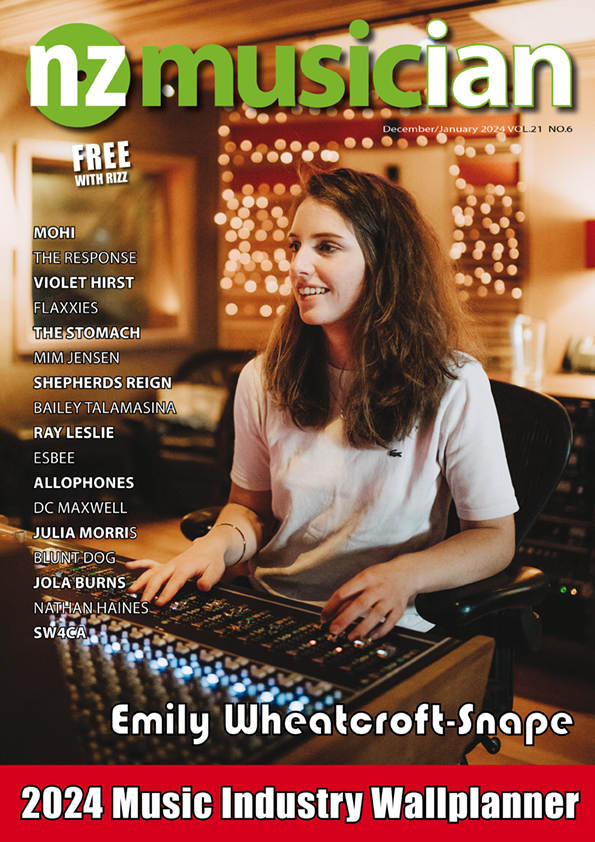The Lawful Truth: Recording Agreements – Part 2
The Lawful Truth: Recording Agreements – Part 2
One of the most important aspects of any agreement is being clear on just how long it will run for. For Recording and also for Licensing Agreements, this is usually defined around how many albums you are required to make for the record label.
Under a Licensing Agreement, the record company will also retain an exclusive right to sell your albums for a certain period after you’ve delivered the last of your required albums. This can be for up to 10 years, or even longer. At the end of the agreed period you will get full rights back on all of your recordings.
Under a Recording Agreement however, even once you’ve delivered the required number of records, the record label will in fact own those records forever. They do, of course though, continue to pay you royalties forever. It’s important to note that under both Recording and Licensing Agreements, you will generally be free to make records for whomever you choose after you’ve delivered the last required record under your deal.
Production and Distribution (P&D) and straight Distribution Agreements are effectively set up in the same kind of way as Licensing Agreements, although it is not uncommon to see these types of agreements apply to just one album – or maybe one album with an option, exercisable by the record label, to distribute your next album also. The period that the label will have rights in your recordings will however be much shorter than a Licensing Agreement, perhaps only three years in some cases.
When it comes to payment under Recording Agreements and Licensing Agreements, you will generally receive a percentage of the income received by the record company for each album sold. This amount is what we commonly know as royalties. Now, although a percentage of the income may sound like a fairly straight forward calculation, be warned that there is usually a lot more detail in Recording Agreements and Licensing Agreements around defining exactly what your royalty return is!
For starters, your royalty will not be paid on the price you see your album selling in the stores at, but rather on the basis of the price the record label sells the albums to the stores at. This is known as the Published Price to Dealer or PPD for short. This calculation works slightly differently in the case of digital sales however.
There are usually also deductions provided for from the royalties otherwise payable, including to allow for any TV advertising that may be done to support the album and also deductions if your album is sold at less than full price – which of course happens a lot, even for well-known artists. There is also likely to be an allowance for the record label to provide additional discounts to retailers to encourage them to stock the album.
In terms of payment, Production and Distribution and straight Distribution Agreements are set up in a slightly different way. Under these, the label will take a set percentage of the total income received from selling the album, usually somewhere around 25%, before paying the balance on to you. In the case of P&D Agreements, the record labels costs of physically producing the albums, or encoding and uploading them to digital music services, will also be a cost to be deducted out of any payments due to you.
Although the amount you get paid under any agreement is probably going to be your primary concern, you shouldn’t underestimate the importance of the provisions that relate to how this payment is actually made to you. Be very aware of how often the record label is required to pay you. For example, this can range from monthly in the case of some Distribution Agreements through to a more traditional quarterly or six monthly for Recording Agreements and Licensing Agreements. Other provisions around your ability to audit the books of the record label to ensure you are being correctly paid are also very important to have included.
The final key aspect of these agreements that is vital to consider is the issue of what territory the agreement applies to. Under Licensing Agreements, Production and Distribution Agreements and Distribution Agreements, the territory refers to the areas in which the record label is entitled to sell your album.
For most deals signed out of NZ, the territory will normally be limited to just NZ and often Australia. This means you are in theory, free to try and find other labels outside of these two territories to help you release your album. However, for a lot of artists, getting an overseas release in another territory (other than perhaps a digital only release), is always going to be difficult unless you are actually permanently or semi-permanently based in that territory, or can prove you are committed to touring there on a regular basis.
Recording Agreements generally require you to provide your services as a recording artist to the record label for the world, so the issue of territory isn’t quite as important there.
David McLaughlin is a specialist music lawyer with Auckland law firm McLaughlin Law (www.mclaughlinlaw.co.nz).
Disclaimer: This article is intended to provide a general outline of the law on the subject matter. Further professional advice should be sought before any action is taken in relation to the matters described in the article.

